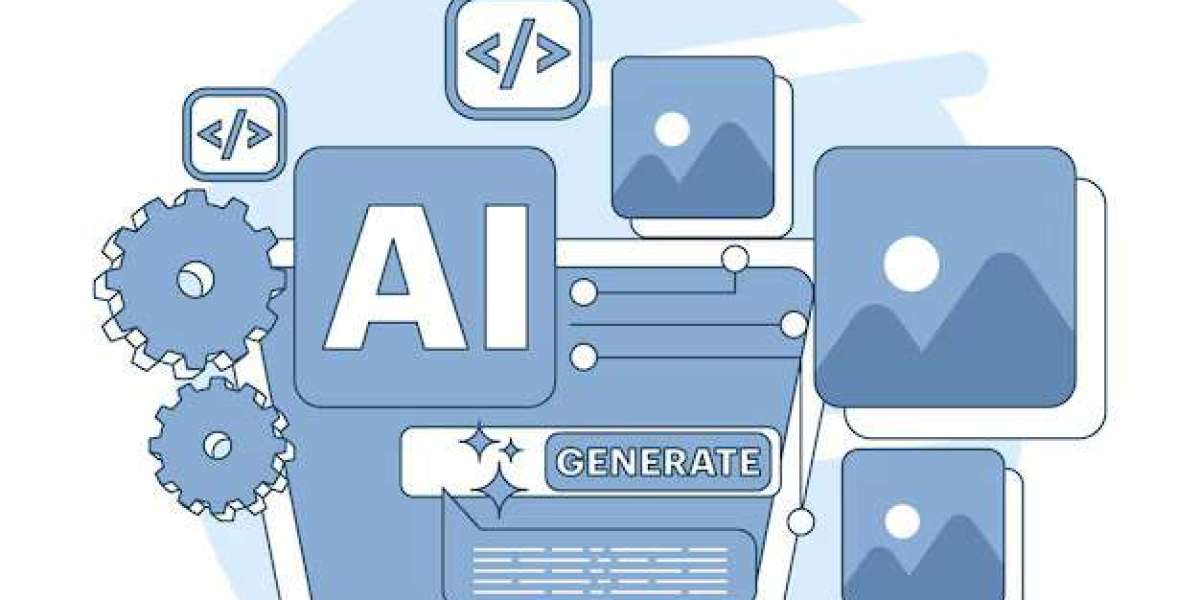A connected car is a vehicle equipped with internet access and the ability to communicate with other devices both inside and outside the car. Using technologies such as sensors, software, and cloud computing, connected cars offer enhanced safety, convenience, efficiency, and entertainment. As automotive and tech industries converge, connected cars are shaping the future of transportation, making vehicles smarter, more autonomous, and more integrated with the digital world.
The Connected Car Market refers to vehicles equipped with internet connectivity and advanced communication technologies. These enable services such as navigation, infotainment, remote diagnostics, and safety features. Market expansion is fueled by advancements in automotive technology and consumer demand for enhanced driving experiences.
What Is a Connected Car?
A connected car connects to the internet via Wi-Fi, cellular networks (like 4G/5G), or dedicated short-range communication (DSRC). It uses this connectivity to share data with other systems, such as:
Other vehicles (Vehicle-to-Vehicle or V2V)
Traffic infrastructure (Vehicle-to-Infrastructure or V2I)
Cloud platforms and mobile devices (Vehicle-to-Everything or V2X)
This continuous data exchange enables real-time insights, predictive maintenance, personalized user experiences, and autonomous features.
Key Technologies Behind Connected Cars
Telematics
Integrates telecommunications and informatics to monitor vehicle behavior, location, speed, and diagnostics.Internet of Things (IoT)
Sensors and devices collect and transmit data, turning the car into a smart, data-driven platform.5G Connectivity
Offers ultra-low latency communication, essential for real-time vehicle responses and autonomous driving.Edge and Cloud Computing
Processes data locally (on the edge) or remotely (in the cloud) to enhance speed, accuracy, and analytics.Artificial Intelligence (AI)
Enables features like voice assistants, driver behavior analysis, and predictive maintenance.Over-the-Air (OTA) Updates
Software and firmware updates can be delivered wirelessly, keeping systems secure and up-to-date without a visit to the service center.
Features of Connected Cars
Advanced Driver Assistance Systems (ADAS)
Includes adaptive cruise control, lane departure warning, collision avoidance, and parking assistance.In-Vehicle Infotainment
Offers music, video streaming, navigation, and internet browsing, often integrated with personal devices.Remote Vehicle Control
Through smartphone apps, users can lock/unlock doors, start the engine, and monitor fuel or battery levels.Vehicle Health Monitoring
Continuously checks engine performance, brake wear, and tire pressure. Alerts drivers to potential problems before they occur.Real-Time Traffic and Navigation
Uses live traffic data to suggest the fastest route, avoid congestion, and locate parking or charging stations.Fleet Management Tools
For commercial vehicles, connected systems offer route optimization, fuel monitoring, and driver behavior tracking.Emergency Assistance
In case of a crash, the vehicle can automatically alert emergency services with location and impact data.
Benefits of Connected Cars
Enhanced Safety
V2V and V2I communication helps prevent collisions by alerting drivers to potential hazards and adjusting vehicle behavior accordingly.Improved Efficiency
Dynamic route planning and real-time updates reduce fuel consumption and travel time.User Convenience
Features like smart keys, automatic climate control, and voice-activated systems simplify the driving experience.Lower Maintenance Costs
Predictive diagnostics allow for timely repairs and reduce breakdowns.Entertainment on the Go
Passengers enjoy a seamless multimedia experience similar to a smart home or mobile device.Environmental Impact
Better driving habits and route optimization lead to lower emissions, especially when integrated with electric vehicles (EVs).
Challenges and Considerations
Cybersecurity Risks
Increased connectivity makes vehicles vulnerable to hacking, requiring robust encryption and security protocols.Privacy Concerns
Collection and sharing of driver data raise questions about who owns and controls this information.Infrastructure Compatibility
Connected car technologies rely on smart infrastructure like sensors, traffic lights, and 5G networks, which are not yet widespread in many regions.Cost of Technology
Advanced features and continuous connectivity can increase vehicle costs, though prices are expected to fall as technology matures.Data Management
Handling massive volumes of real-time data requires scalable, efficient cloud and edge computing systems.
Real-World Applications
Tesla: Offers OTA software updates, autonomous driving features, and real-time vehicle monitoring.
BMW ConnectedDrive: Provides live traffic info, concierge services, and remote control via smartphone.
Toyota Connected: Uses data analytics to improve safety, fleet management, and predictive maintenance.
Volvo On Call: An app-based system offering remote start, door locking, and trip tracking.
Future Outlook
The connected car market is growing rapidly, driven by the demand for smarter transportation and the rise of autonomous vehicles. Key trends shaping the future include:
Fully Autonomous Vehicles: Using connected systems for real-time navigation, decision-making, and interaction with smart cities.
Vehicle-to-Everything (V2X) Ecosystem: Creating a seamless network between cars, roads, devices, and pedestrians.
Mobility-as-a-Service (MaaS): Integrated platforms allowing users to plan and pay for multi-modal transport via one interface.
AI-Powered Personalization: Cars will adapt to individual user preferences, from seat position to music choice.
Conclusion
Connected cars are transforming the way we drive, offering a safer, more efficient, and more personalized experience. As technology advances and infrastructure evolves, these vehicles will play a central role in smart mobility ecosystems and the future of transportation. With benefits spanning convenience to safety, the era of the connected car is not just approaching—it's already here.
Related Reports:
| Vcsel Sensor Market |
| Semiconductor Silicon Intellectual Property Ip Market |
| Non Mydriatic Fundus Camera Market |
| Memory Device Market |
| Wireless Lan Controller Market |


